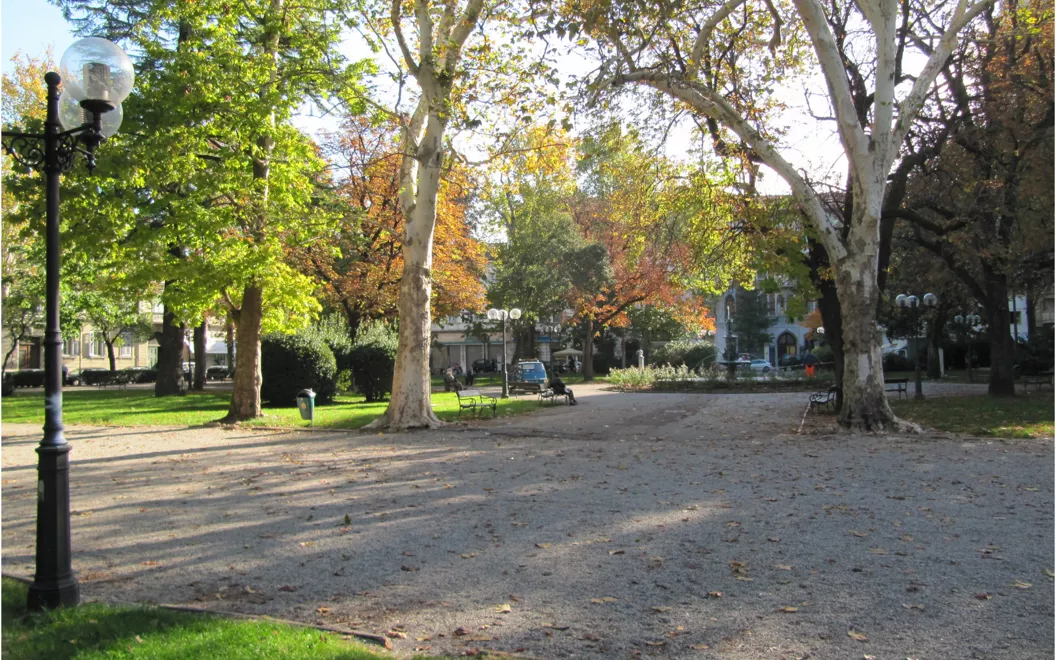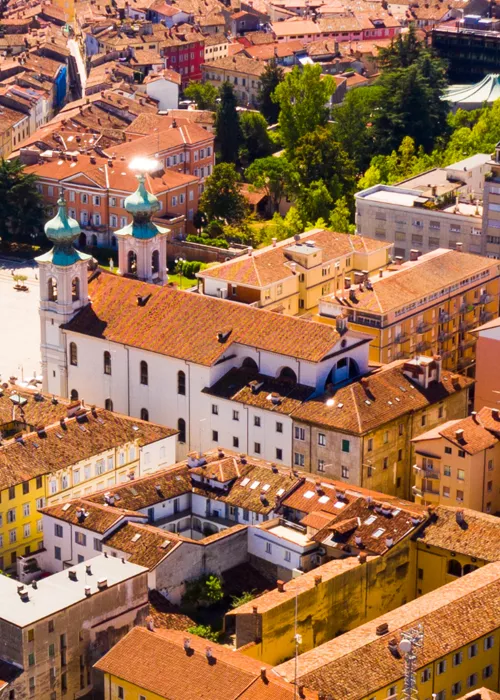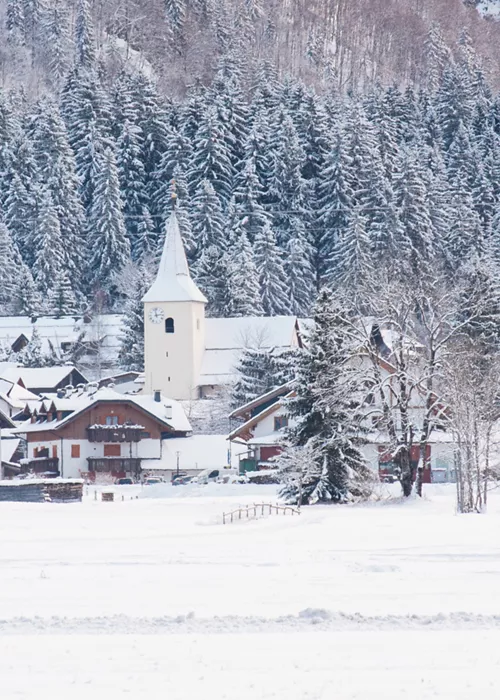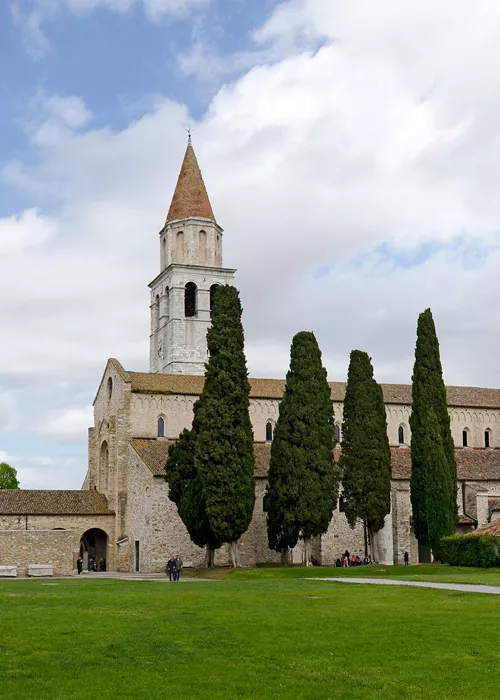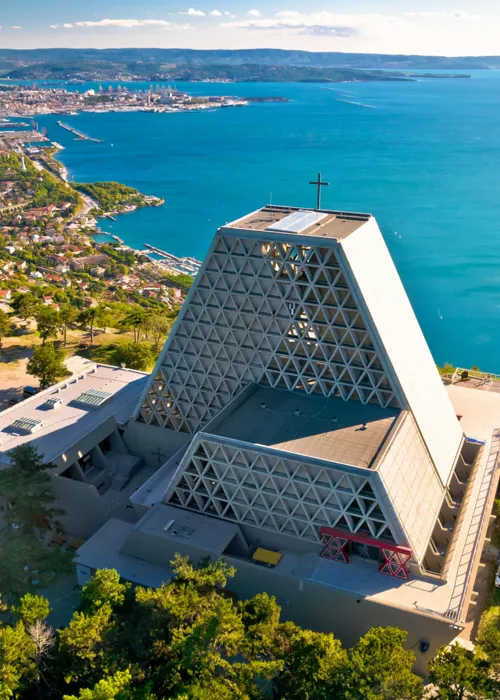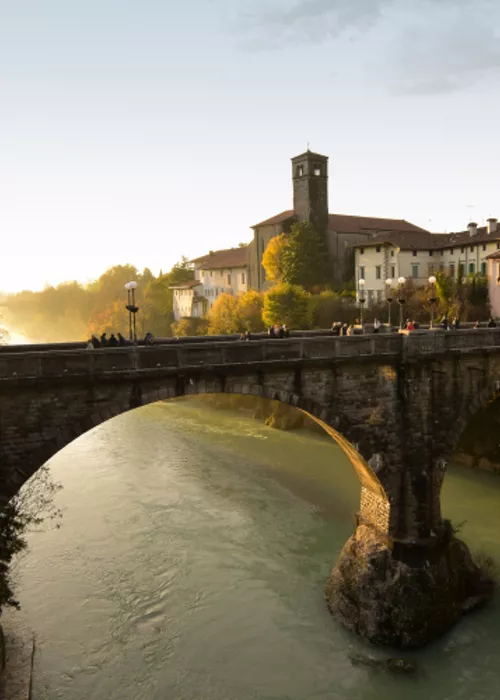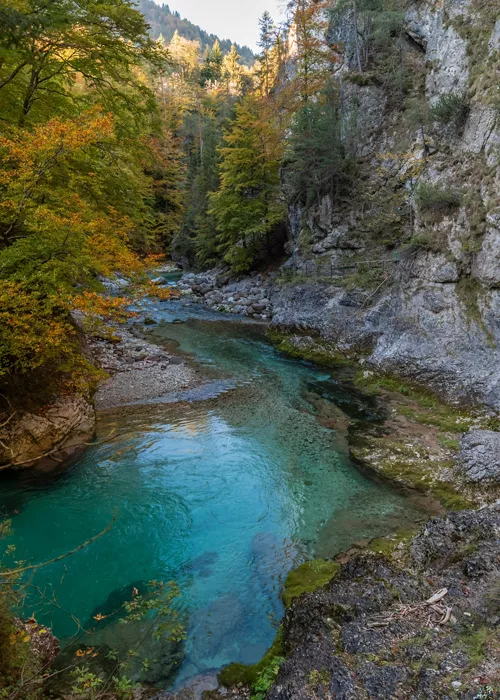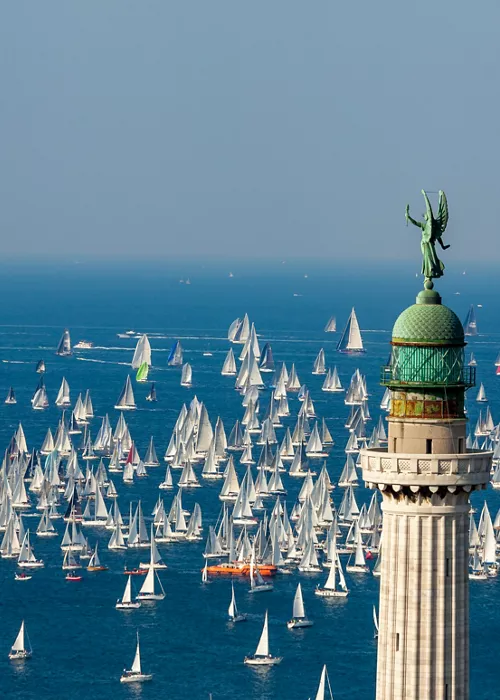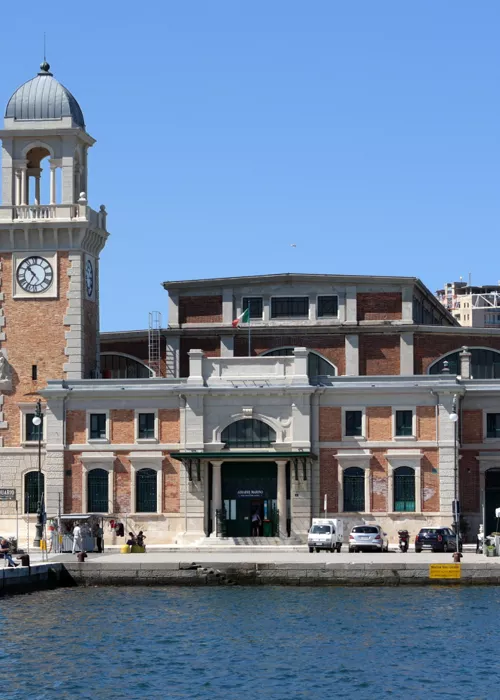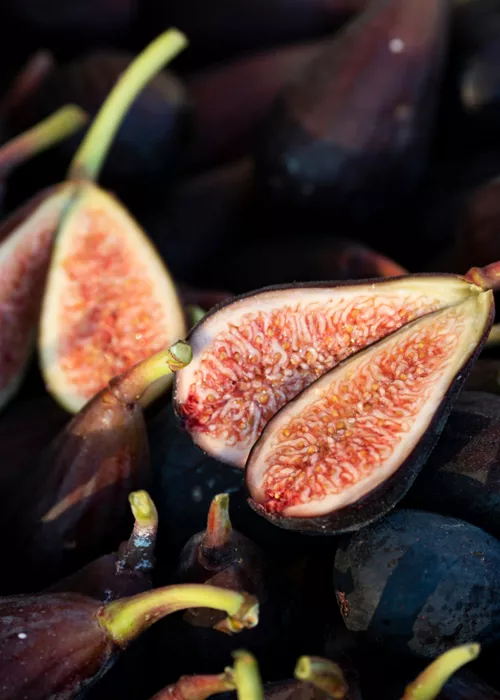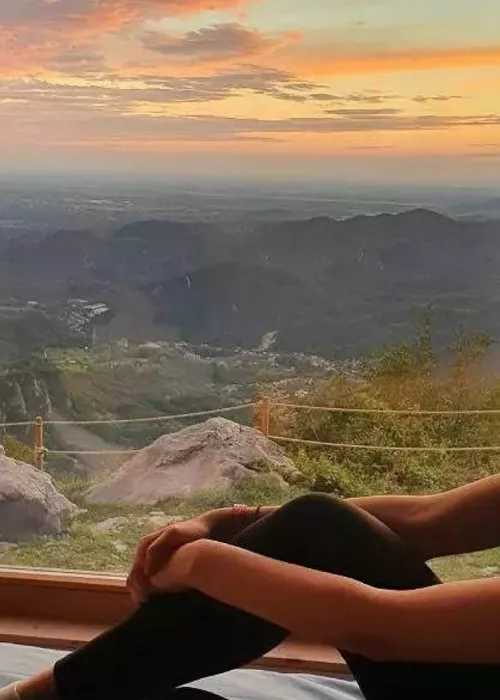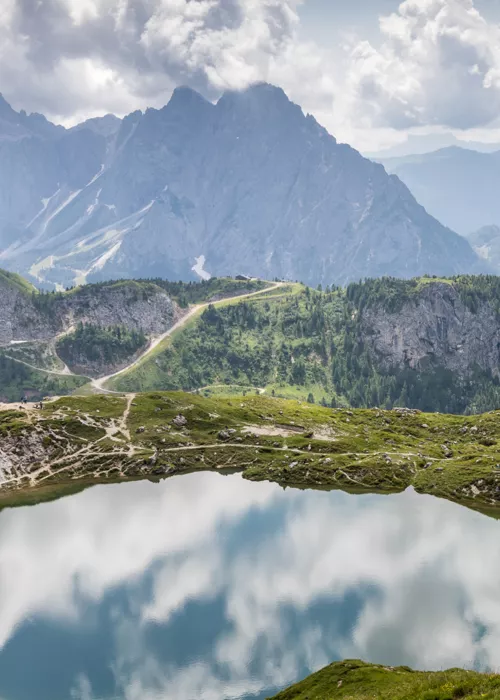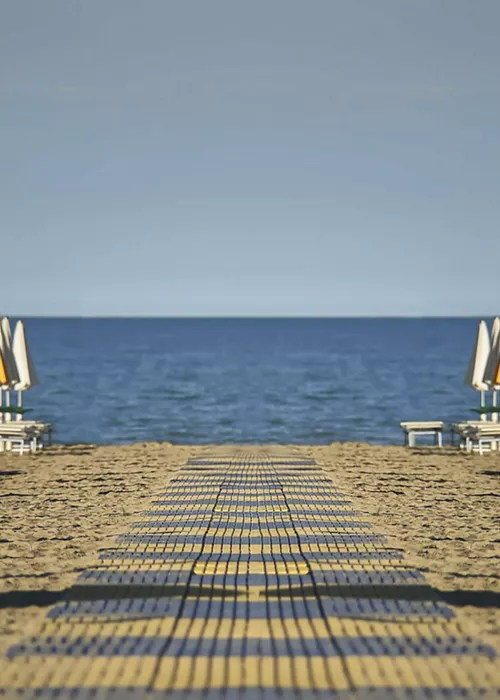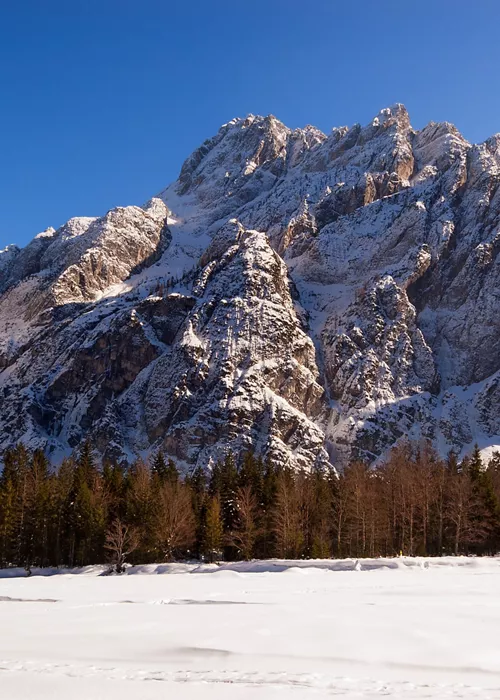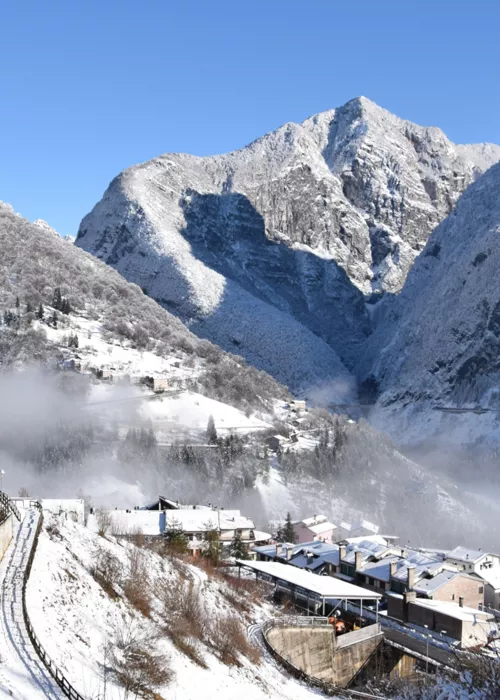Public Gardens of Gorizia, in the footsteps of the heroes of the Great War
3 minutes
Always faithful to its original characteristics as a garden city, where greenery is perfectly harmonised with the Central European buildings, Gorizia cannot be thought of without its parks, a must-see destination for those wishing to delve into its history.
The birth of the Public Gardens of Gorizia
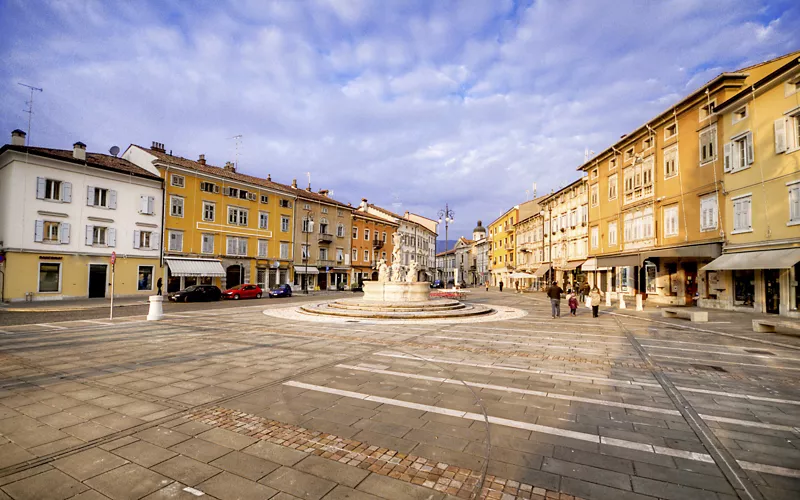
Just a stone's throw from the historical centre of Gorizia, the 20,000 square metre Public Gardens on Corso Verdi were built in 1863 on land that belonged to the De Grazia family. At the time, it was just two hectares conceived with a precise purpose: to become a place of relaxation and pleasure for high-ranking people who chose the city as their holiday destination.
Officials, politicians of the Austro-Hungarian Empire, but also men of culture found here everything they needed to take a break from the hustle and bustle of everyday life.
Criss-crossed by pathways, full of common trees, but also more sought-after species such as bamboo and mahonia japonica, the Gardens are still famous today for the Gyulai fountain, named after the marshal who chose Gorizia to spend his retirement years.
Homage to Enrico Toti, national hero
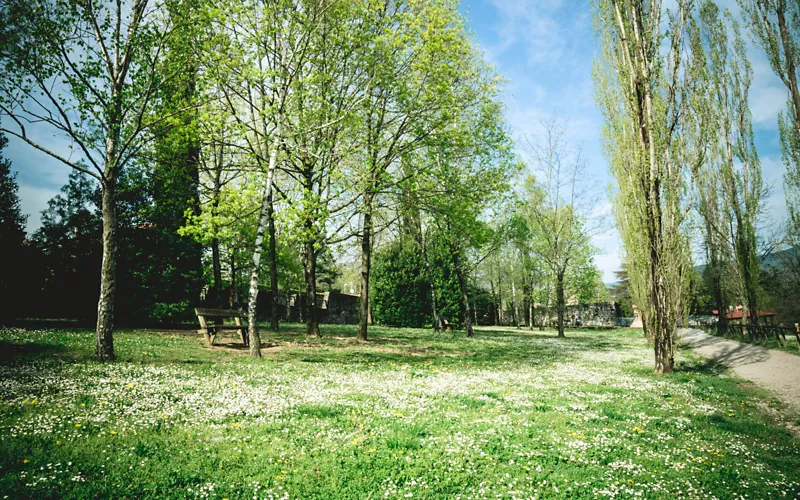
The outbreak of the First World War and subsequent interventions changed its original structure, and today the Public Gardens of Gorizia have become the custodians of the memories of this land.
To find out more, the journey begins in Piazza Cesare Battisti, right in front of the Giardini.
Here the city pays tribute to Enrico Toti, a Roman bersagliere who died on 6 August 1916 during the Sixth Battle of the Isonzo, fought between the Italian and Austro-Hungarian armies.
Made in 1958 by sculptor and bersagliere Mario Montemurro, the statue depicts Toti standing with one leg, a moment before throwing his crutch against the enemy trenches.
Toti was in a trench near Monfalcone that remained unguarded, but despite being wounded he continued to incite his comrades not to surrender. His heroic deed was reported in the press of the time with numerous illustrations. The most famous one? The one that appeared in Domenica del Corriere illustrated by Achille Beltrame. A gold medal winner for military valour, he is not only a mythical figure of that war, but also a symbol of all those who do not surrender to the enemy.
The statue of the Fante d'Italia: why it is special
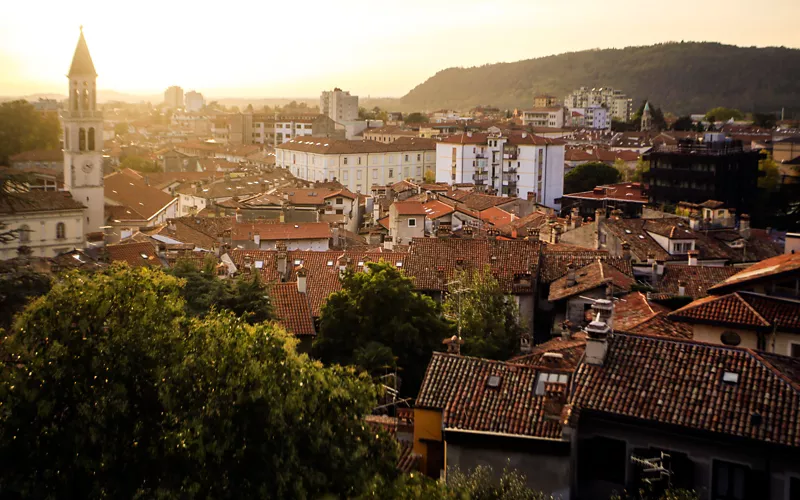
Leaving the Piazza, less than 300 metres from the monument to Toti, Via Luigi Cadorna houses the Statue of the Italian Infantryman. Commissioned by the Associazione Nazionale del Fante, it was inaugurated in 1966 to celebrate the 50th anniversary of the conquest of Gorizia during the First World War.
The monument conceals a curiosity: it is an identical copy of the statue placed in Turin five years earlier for the celebrations of the centenary of the Unification of Italy.
Created by sculptor Angelo Balzardi, it depicts an infantryman holding a rifle. On either side of the base, two plaques commemorate the number of infantrymen who have fallen in all wars in the name of Italy.
The monument to Giorgio Bombi, the city's first mayor
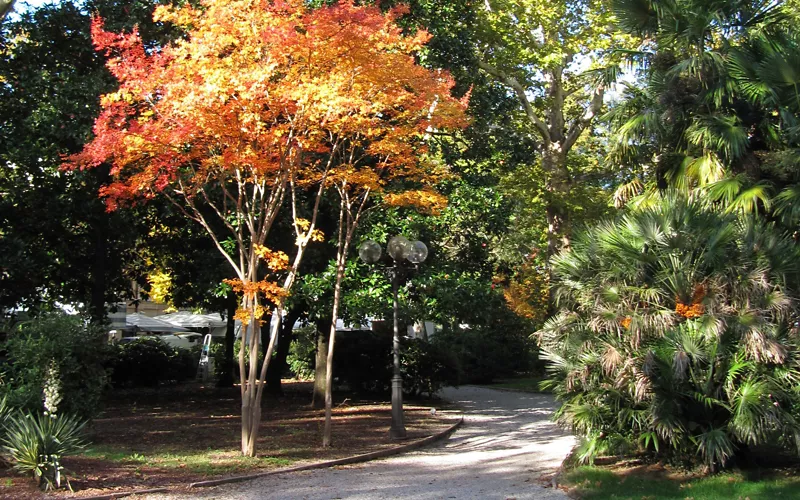
Inside the Gardens is a bronze bust dedicated to the Friulian politician Giorgio Bombi. The son of irredentists, he was a long-standing supporter of the Italian character of these lands and was very active in addressing school-related problems, against the Slavicisation of Italian students.
Arrested and deported with his family at the outbreak of World War I, he was appointed Royal Commissioner of Gorizia after the conflict, and was the city's first mayor, from 1918 to 1934. This phrase is engraved on the monument: "Giorgio Bombi / senator and mayor / prepared and lived / the redemption / of the Isonzo land / 1852 - 1939".
A landmark in the social and cultural life of Gorizia, the Public Gardens now offer the perfect setting for events and outdoor activities. Alongside the history, there are beautiful species of evergreen trees, as well as deciduous trees, patches of Nandina domestica and Mahonia Japonica as well as flower beds that are always well cared for.

